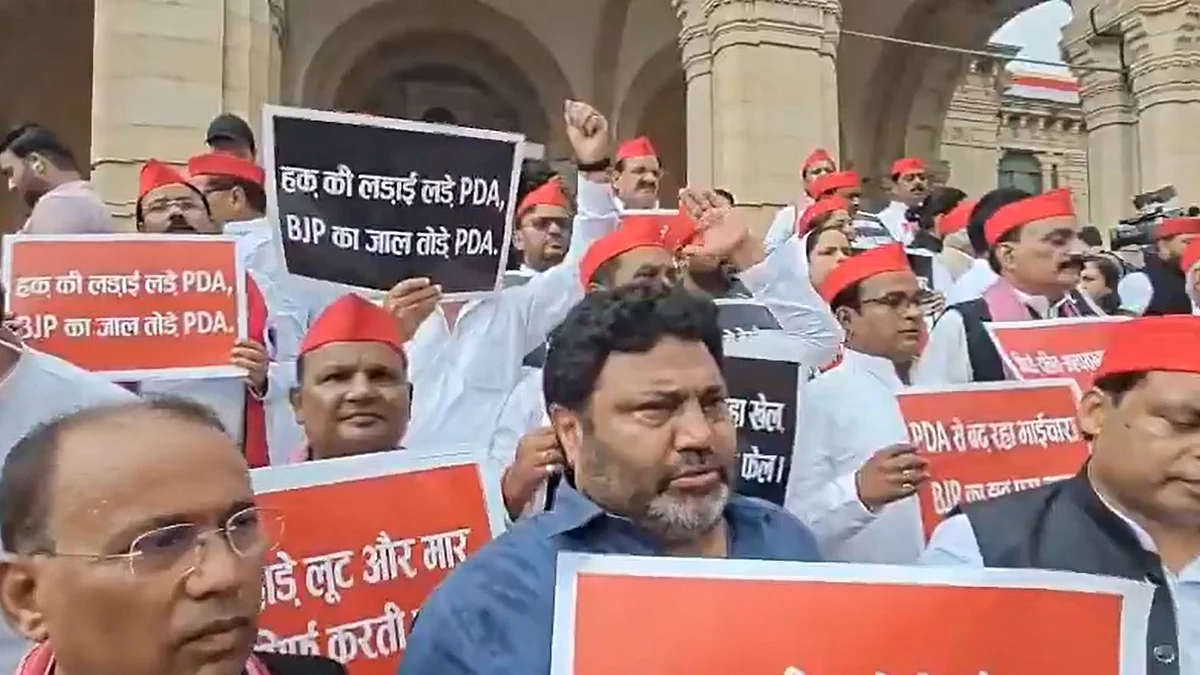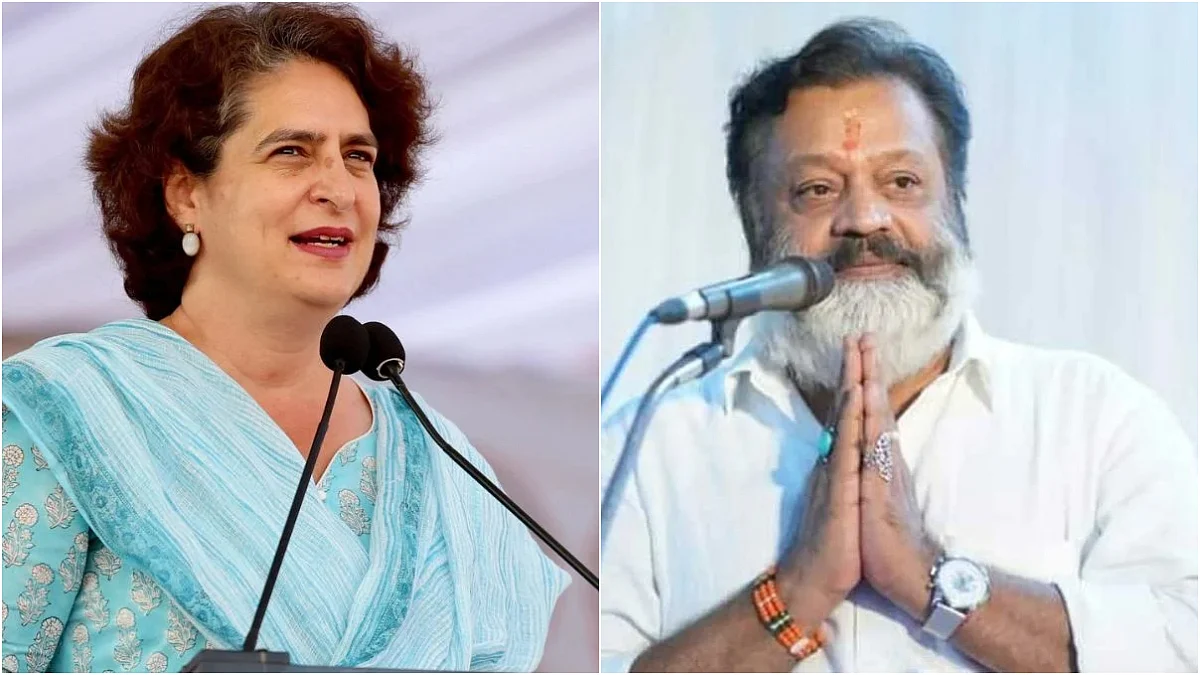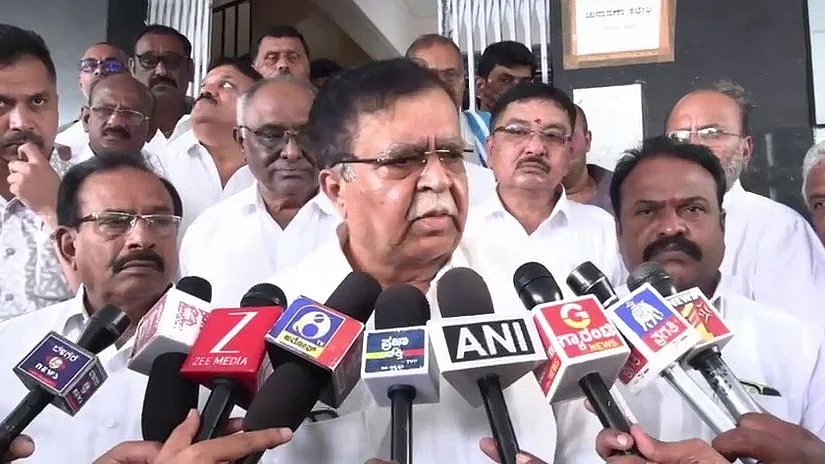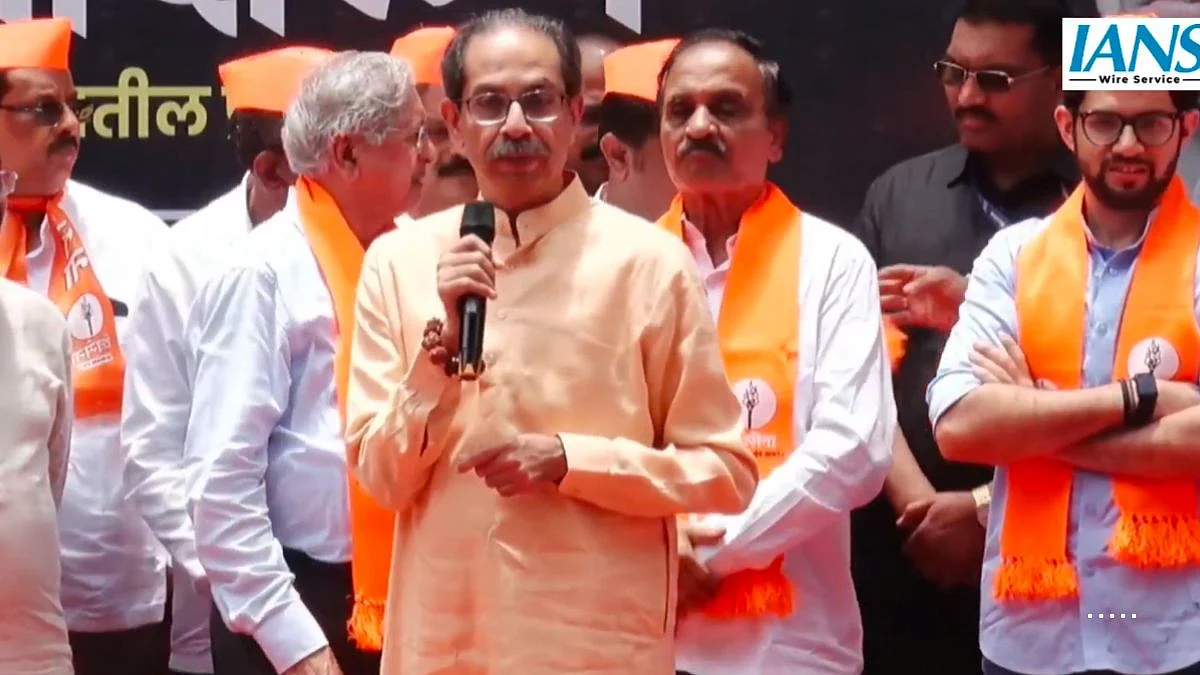On 26 January 2001, when India was celebrating its 52nd Republic Day, the western part of the country faced one of the most devastating earthquakes in its history.
The tremor measured 6.9 on the Richter scale and lasted about 110 seconds. It was the most powerful earthquake witnessed in India in half a century and its impact was felt in distant locations across northern India, in Pakistan, Bangladesh and western Nepal.
The quake, which had its epicentre north-east of Bhuj, was followed by several aftershocks over the next few days and over 37.8 million people were affected in total.
While many believed that the state would take years to get back to normal, the combined efforts of the people and the government helped it get back on its feet much sooner.
According to a report from WHO, days after the earthquake hit, temporary health centres were set up in tents and a public health lab was also established in a prefabricated structure in Bhuj to ensure continuity of health services and disease surveillance.
The Gujarat Government rebuilt District Hospital of Kutch- which was completely destroyed during the earthquake- using the Base Isolation Technique structural technique that makes buildings earthquake-resilient.
Prime Minister Narendra Modi, who was chief minister of Gujarat, at the time started the rehabilitation phase with an aim to “build back better” with “owner-driven reconstruction” in order to achieve the long-term goal of sustainable disaster-resilient development.
Gujarat became the first state in India to enact the Gujarat State Disaster Management Act 2003 to provide legal and regulatory framework for effective disaster management and risk mitigation.
The Act became the blueprint for India’s Disaster Management Act, 2005, at the national level which led to the creation of the National Disaster Management Authority (NDMA), which paved way for the creation of other institutions such as the National Institute of Disaster Management and National Disaster Response Force.









